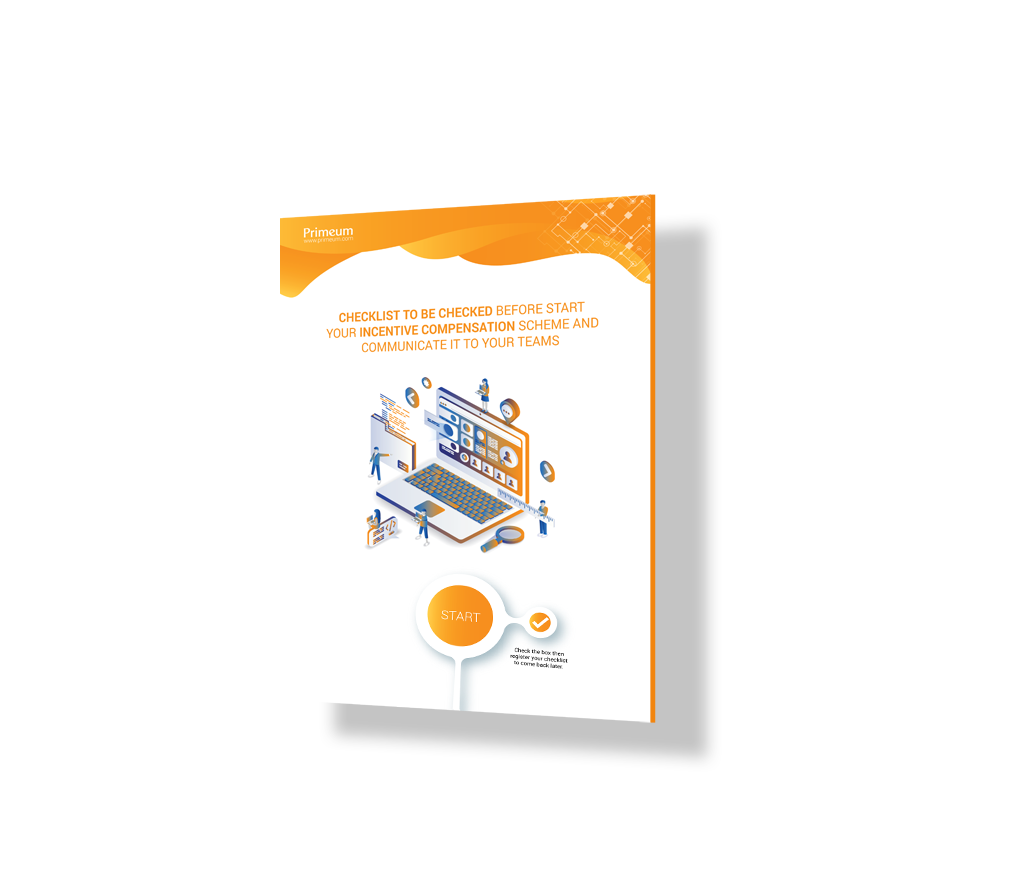Another edition of Paris Retail Week has come and gone, so we thought this would be a good opportunity to take a look at the major challenges the retail sector is facing and their impact on incentive compensation for in-store teams. The program for this multi-day retail event had plenty to catch the eye, with words like digitalisation, innovation, customer journey, omni-channel, etc. in bountiful supply - and yet, at a time when more and more sales are being made online, many sellers are concerned about the development of digital sales channels, which they see as an additional competitor.
WEBTOSTORE, STORETOWEB: MORE INTERNET THAN EVER
According to the annual survey carried out by Fevad (the Federation of e-commerce and distance selling), French people spent €92.6 billion in online purchases in 2018, up 13.4% on the previous year. Digital sales made up 9.1% of retail sector sales. It’s clearly essential for companies to integrate this type of retail into their strategy, taking into account the variety of customers out there and how to respond to their needs and expectations. To this end, in-store teams are essential in order to guarantee a successful customer experience, whether involving delivery of an order made online, or a customer coming to the store to make their purchase after getting information online, or a customer coming to try something out before purchasing it online. The sales rep has an important role to play at each stage, both in terms of guaranteeing customer satisfaction and the possibility of generating additional sales. According to Fevad, 28% of e-purchasers went on to make additional purchases when picking up an online order in store or from a collection point. Digital is therefore not an impediment to physical retail - quite the contrary, as 80% of e-retailers observe their website has a positive effect on their brick-and-mortar stores: 71% saw an increase in foot traffic in their stores, 63% increased their takings, and 42% observed that it broadened their customer catchment area.
In these conditions, it’s essential to encourage teams to respect the customer’s preferred journey, and to optimise their satisfaction levels in order to boost revenues across all channels.
SHAPING THE CUSTOMER EXPERIENCE THROUGH COMPENSATION
Incentive compensation for in-store staff can be an effective tool for channelling the efforts of sales reps and their managers, supplementing the work of effective management. Indeed, a properly adapted incentive compensation scheme encourages recipients to attain the performance levels sought by the company, and can help to modify behaviour in a sustainable way.
APPROACHING OMNI-CHANNEL ISSUES IN EMPLOYEE COMPENSATION
Where an omni-channel strategy is present, it’s often necessary to review the conditions for rewarding staff for making sales which are not 100% physical. The natural, and perfectly understandable, instinct of distribution network directors would be to want to measure each seller’s exact contribution to revenues generated based on the various customer journeys taken. This often creates enormous complexity when attempting to distinguish between sales made in-store via a tablet, additional (cross) sales for items delivered to the store, 100% web purchases made by clients advised in store, etc.
While it’s true that the seller doesn’t do the same amount of work in each of these situations, it’s still just as important that every client feels equally taken care of and valued, regardless of their choice of purchasing journey. However, certain types of incentive compensation can encourage staff to prioritize one approach over another.
Let’s take the example of a company that chooses to give commission (a % of sales revenue) for sales made via tablet devices, in order to promote the use of this new tool and provide an alternative option when items are out of stock in store. However, if the same staff member needs to hit a revenue target in order to make their monthly bonus, and they know that on the 20th of the month they’re going to struggle to make this target, won’t they be tempted to prioritise tablet sales since these are paid from the 1st euro, regardless of whether an objective has been met? Worse still, it’s possible that some staff might pretend items are out of stock in order to boost their incentive compensation. Another example involves 100% online purchases which are traced back to a customer’s interaction the physical network, making the digital enemy into an ally for in-store sales teams. What’s the right way to link the two, and which is fairest? The store in which the customer made their last purchase? The store where they signed up to their loyalty card? If so, how long should this apply, since the geographic mobility of customers is a significant factor? Should this digital revenue be weighed against revenue generated in the store? All of these questions may potentially affect the way a customer at any sales point views their experience with the brand.
There’s no one right answer to the impact of omni-channel strategies on incentive compensation plans for the retail sector – there are as many possibilities as there are individual situations and company strategies.





